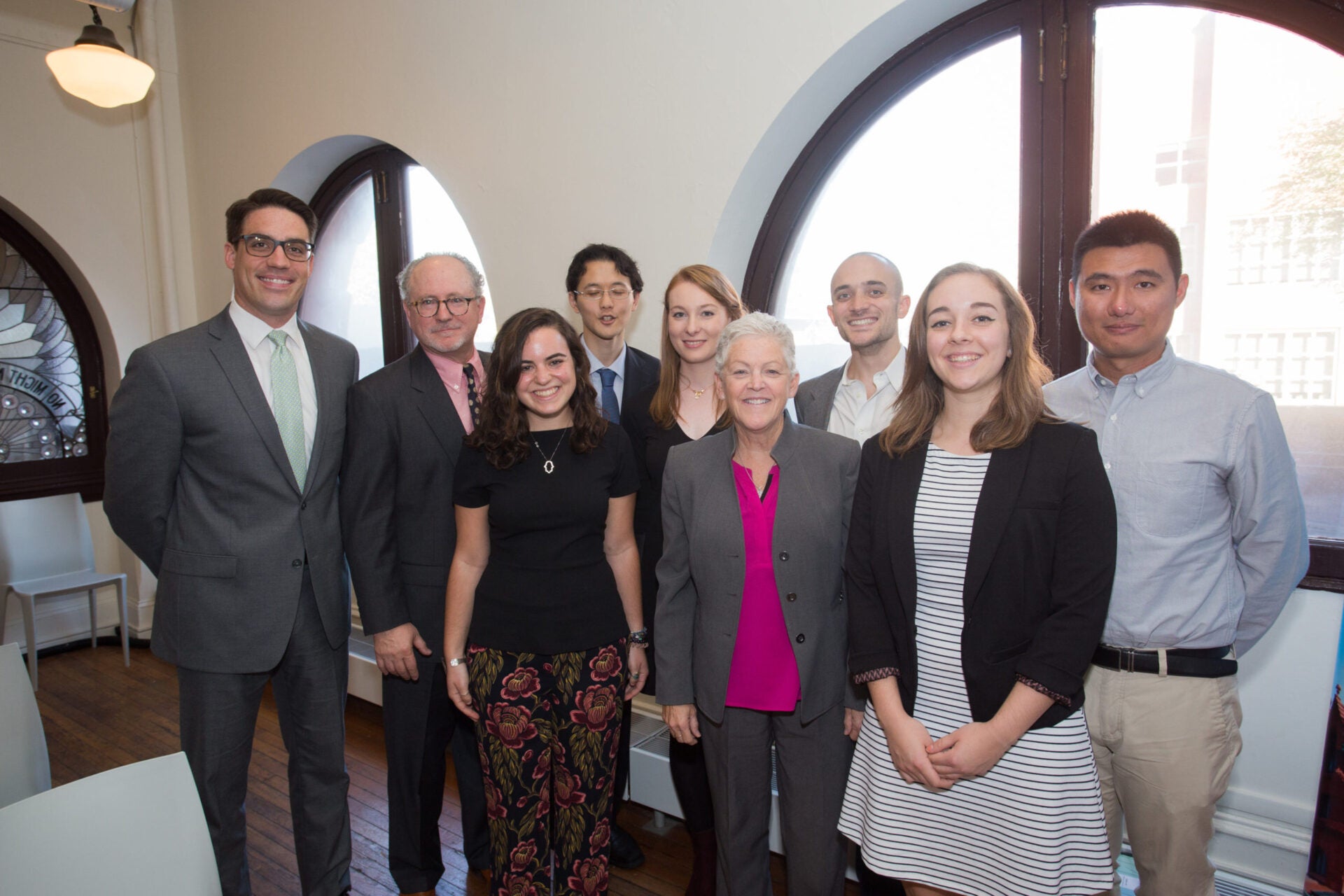
From Connecticut to Carnot: Meeting Gina McCarthy
In fourth grade, my mom commuted weekly from my elementary school outside of New Haven, CT to our state capitol in Hartford, CT. The local power company had proposed to place high voltage power lines next to my school and other community centers, raising concerns over cancer risks to children. Each week, I saw my mom consult with the community and then commute to Hartford to push for change. This was my first introduction to the relationship between energy infrastructure, the environment, and health.
Once, a few classmates and I accompanied my mom to Hartford. There, at age 10, I met Connecticut Department of Environmental Protection Commissioner (at the time) Gina McCarthy. I said hello and asked about her job. She replied that she used both science and policy together in order to make Connecticut, the world, and our future a healthier place. This memory of Gina McCarthy, a woman with a background in science working in policy, has stuck with me throughout my education, leading me to pursue a course of studies in both earth sciences and nonprofit leadership at Penn.
Last week, at the Kleinman Center for Energy Policy, I got to meet Gina McCarthy for the second time as she accepted the Carnot Prize for her contributions to energy policy. Since we first met in Connecticut, we have both come a long way. She has served as Obama’s Environmental Protection Agency Administrator and created the now-threatened Clean Power Plan. She has worked toward the world’s future and held polluters accountable. She has transformed the way politicians discuss climate change, making the climate and our future an essential political issue.
Meanwhile, I have grown up in a world where each year is the hottest there has ever been. I have learned about this planet while studying Earth Sciences at Penn, knowing that our world will never exist in the same way. I have prepared for a future combatting the issues that Gina has strived to address.
Gina’s remarks during her award ceremony were even more energetic and inspiring than my five-minute conversation with her twelve years ago.
“The wonderful thing is that climate change—as bad as it is—brought the worlds of environment and energy together,” Gina said. She spoke about the first time the New England Departments of Environmental Protection and Departments of Energy sat down together. “When someone tells you that energy and environment can’t go hand in hand, it’s because they haven’t looked at that’s happening in the energy world.”
As an Earth Science major involved in the Kleinman Center for Energy Policy, I have had similar experiences. Whether attending an event, exploring new research, enrolling in a class, receiving support for internships, or sitting down one-on-one at the Kleinman Center, I have combined my interests and concerns for environmentalism and energy policy. I have learned about different viewpoints, experiences, industries, stakeholders, and backgrounds, while sharing my concerns for the environment and the people at the frontlines of the climate crisis.
Gina reminded all of us to support these intersections in order to better the future. Regardless of the rhetoric in Washington, she explained optimistically, people are working together to move the shift to renewable energy forward. “The clean energy train has already left the station,” she said loudly into the mic.
Now is the time for young people to fight for our country and our planet. Gina McCarthy started us on the road toward a better planet for all. Now we must work together to see it through.
Gavriela Reiter
School of Social Policy and PracticeGavriela Reiter is a graduate student at the University of Pennsylvania, where she is pursuing a master’s degree in nonprofit leadership.

